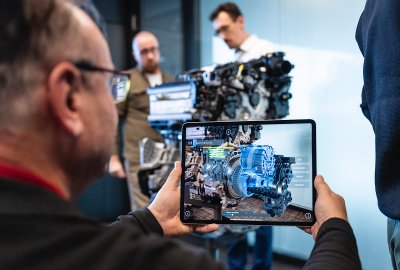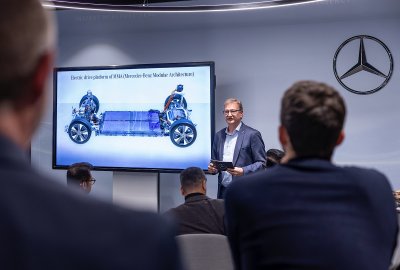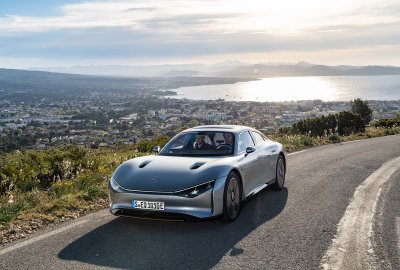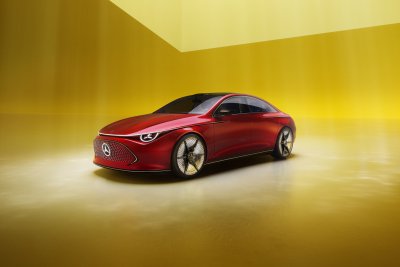A new era of Mercedes-Benz vehicles is on the horizon. With the lessons from their EQ models' rollout close at hand, the German automaker has chosen 2025 as its line in the sand, a time when the company's priorities will become abundantly clear to its consumer base.
The goals for its next-generation vehicles were made public starting with the debut of Vision EQXX, a concept vehicle that prioritized efficiency from its design and aerodynamics down to its powertrain, and beyond.
That efficiency comes courtesy of two major components, both of which will hardly be seen by the consumer, in engines and MMA electrified vehicle architecture. Vehicles built on the MMA architecture will be offered in battery-electric, hybrid, and mild-hybrid (48-volt) electric vehicle form.
"We, at Mercedes Benz, thought the platform electric first, and kept in mind there has to be an option for all those who are not yet ready to go all electric, and this is why we have a hybrid powertrain," a company spokesperson told Newsweek during an in-depth educational seminar about the new powertrains and architecture at the company's Sindelfingen, Germany, research and development center.


Two newly designed engines are smaller than their predecessors. They are a 1.5-liter four-cylinder and a 2.0-liter, four-cylinder, both turbocharged and electrified.
Changes in the way the turbocharger receives energy allows for a faster reaction time from the power plants when called upon to accelerate a vehicle down the road. It is also a direct injection setup and electrified thanks to power to move the wheels also coming from a newly developed eight-speed dual-clutch transmission and inverter.
Mercedes engineers outlined five key benefits for the new powertrains: an acceleration boost, "seamless" start-stop functionality, improved fuel efficiency, reduced emissions and the enablement of all-electric driving.
Many of today's engines automatically shut down an engine's cylinders during use, when the car can get the power it needs from only a few of them. For example, when traveling at 25 miles per hour, a six-cylinder car may only need to use two cylinders. With four cylinders momentarily not moving, the car's carbon footprint is lowered.
Tomorrow's Mercedes engines will work in a similar fashion, but instead of allowing a vehicle to run on less cylinders, the system will disengage the engine and run on pure electric power during certain times, under certain conditions. Other automakers have similar technology.
With its MMA architecture, Mercedes will join the likes of Hyundai Motor Group and Porsche on a roster of companies employing 800-volt technology in battery-electric vehicles (BEVs). Having a higher voltage allows for a vehicle to charge faster, among other things. Many BEVs today have 400-volt systems.
The MMA architecture serves as a modular platform, meaning it can be scaled to accommodate vehicles of different sizes. It has been developed to accommodate a variety of powertrains, which is something not all Mercedes competitors can claim of their similar technology.
Mercedes will debut the platform and new engine variants in the new CLA-Class model, which will debut next year. Owners will be able to charge their vehicle, should they opt for a model that requires plugging in, using either a NACS (North American Charging Standard) style or a Combined Charging System (CCS) port.
Most automakers are following Tesla's lead and changing from CCS to NACS over the next few years, or creating an adapter that allows those with CCS ports to charge at chargers with NACS plugs. This move expands on-the-go charging options for owners as they can utilize the Tesla Supercharger network.


Additionally, those that have already installed Level 2 (240-volt) charging systems at their homes or offices will not need to invest in new hardware to power up.
When they come to markets, the powertrains will be available with different power outputs, depending on market. A 140-kilowatt hybrid drivetrain will be available at launch in the U.S. in the new CLA-Class.
The new CLA will be the start of a run of entry-level vehicles housed on the platform that Mercedes previewed during IAA in Munich in 2023. They include a car, shooting brake, and SUV. That SUV has been previewed as a smaller G-Wagen.




















 English (US) ·
English (US) ·